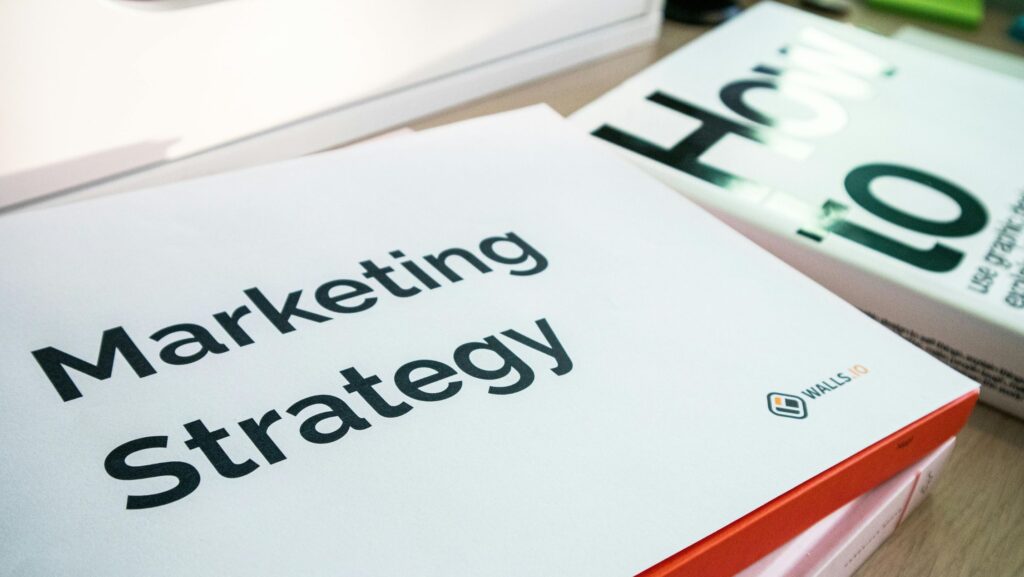The philosophy of simply seven – focusing on the essential few things that truly matter – should apply to your business marketing as well. In the current marketplace, many businesses feel pressured to maintain a presence across every digital channel, which often results in scattered effort and diluted messaging. For businesses rooted in simplicity and mindful consumption, this widespread approach feels inconsistent with their brand values.
The antidote to marketing clutter is the strategic use of highly focused, measurable channels. By applying minimalist principles to customer acquisition, you can achieve better results with less waste.
The efficiency of focused marketing
True efficiency in marketing means identifying the highest-return activities and dedicating energy only to those. It means asking: Where are my ideal customers physically located, and what is the clearest, least intrusive way to deliver a tangible message?
For small businesses, local customers are often the most valuable. They are more likely to become regulars and contribute to community goodwill. Reaching these local prospects doesn’t always require complex, expensive digital campaigns. Sometimes, the most direct path is the best.
Moving past the “spray and pray” approach
Traditional physical marketing, like sending mass mailings, often felt like a gamble. Businesses distributed thousands of materials and simply hoped for a small return. This lack of precision is inconsistent with a focus on simplicity and efficiency.
Today, advanced data tools allow for a high degree of targeting in physical distribution. You can select specific postal routes or even individual neighborhoods based on demographic data that aligns with your simple living brand’s ideal customer profile – for example, areas with a high concentration of young professionals or families interested in sustainable goods. This precision minimizes paper waste and marketing costs, making the campaign more ethical and efficient.
Linking the physical to the digital result
The main reason businesses historically avoided physical distribution was the difficulty of measuring ROI. Digital campaigns offer instant analytics; physical campaigns required guesswork. That data gap is now closed through technology.
When a high-quality, targeted leaflet is distributed, it should contain a unique tracking element: a specific QR code, a vanity URL, or a discount code tied only to that distribution run. When a customer uses that element to purchase online or sign up for a newsletter, the system automatically logs the conversion.
This closed-loop system allows you to quantify exactly how many conversions, and how much revenue, were generated by that specific physical action. This clear attribution allows you to compare the cost-per-acquisition (CPA) of your focused physical distribution to your digital spending.

Accountability for execution
A crucial element of reliable physical marketing is ensuring that the distribution actually happens as planned, in the correct, highly targeted areas. This transparency is key to trusting the channel. Reputable modern services use GPS tracking and real-time monitoring to provide verifiable proof of performance. This means you can log in and see exactly where and when your materials were dropped.
Companies like Oppizi provide this exact framework, helping businesses manage the logistical complexity while delivering the necessary data. They make it simple to verify that your marketing budget is being spent effectively on physical channels. For companies interested in ethical and verifiable local connections, leveraging strategic flyer distribution becomes a practical, measurable alternative to constant digital competition. This makes the physical channel a viable part of a modern, efficient marketing plan. According to an article in Forbes, the tactile nature of physical media can help consumers retain the message better, sometimes even leading to a stronger brand recall than purely digital ads.
By prioritizing targeted execution and clear tracking, you keep your marketing streamlined. This approach helps you focus on what really matters: your product and your customers.
